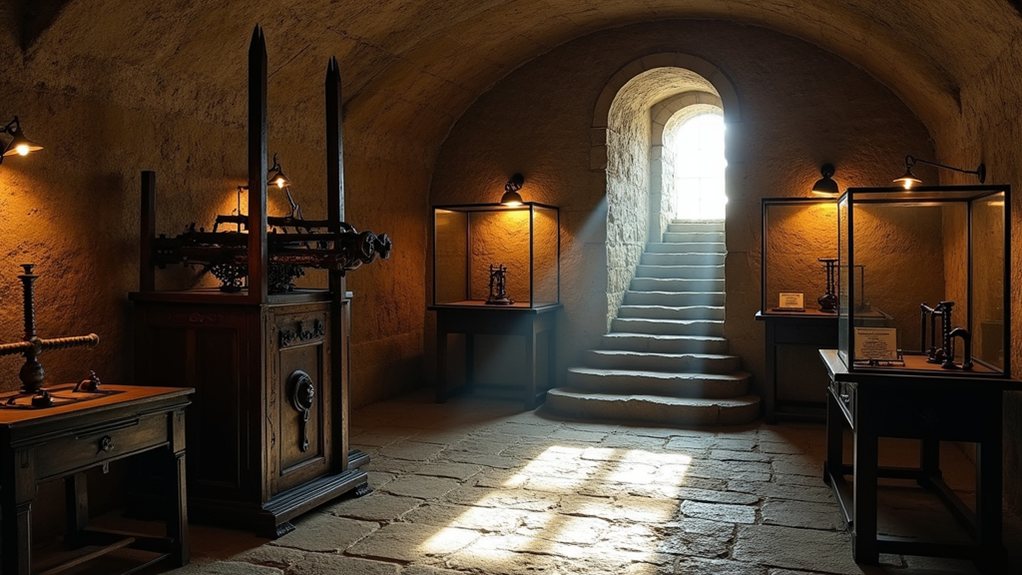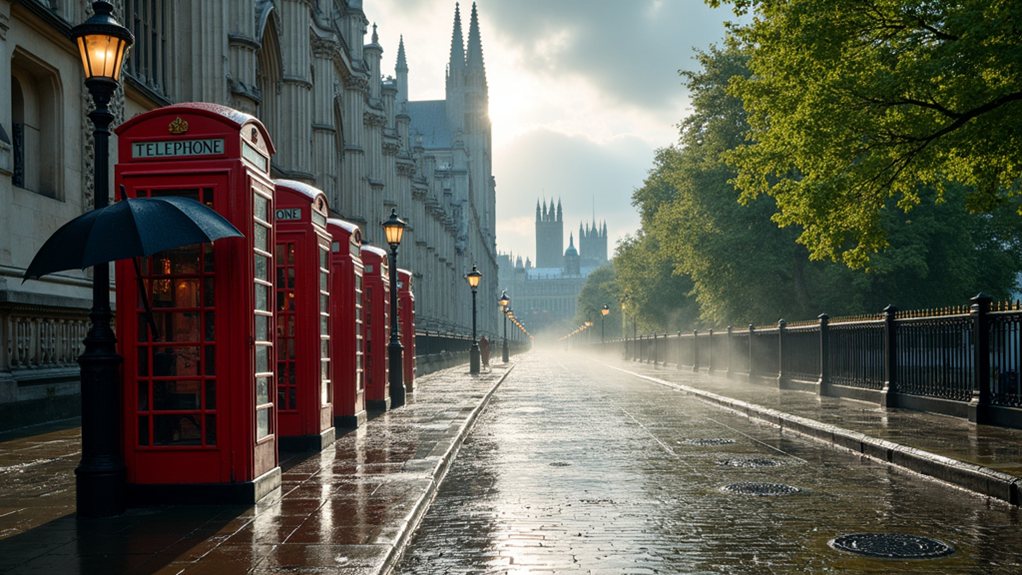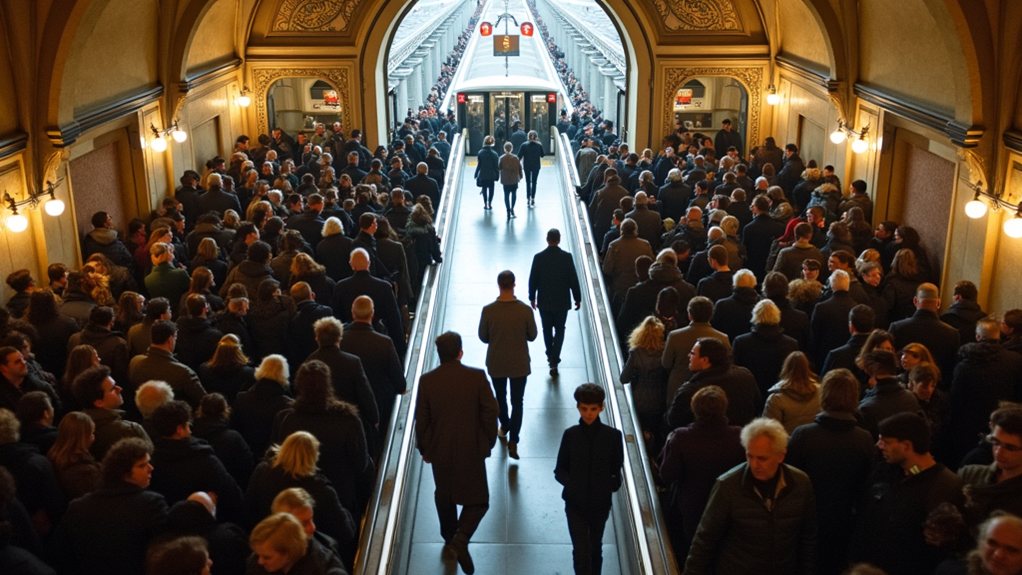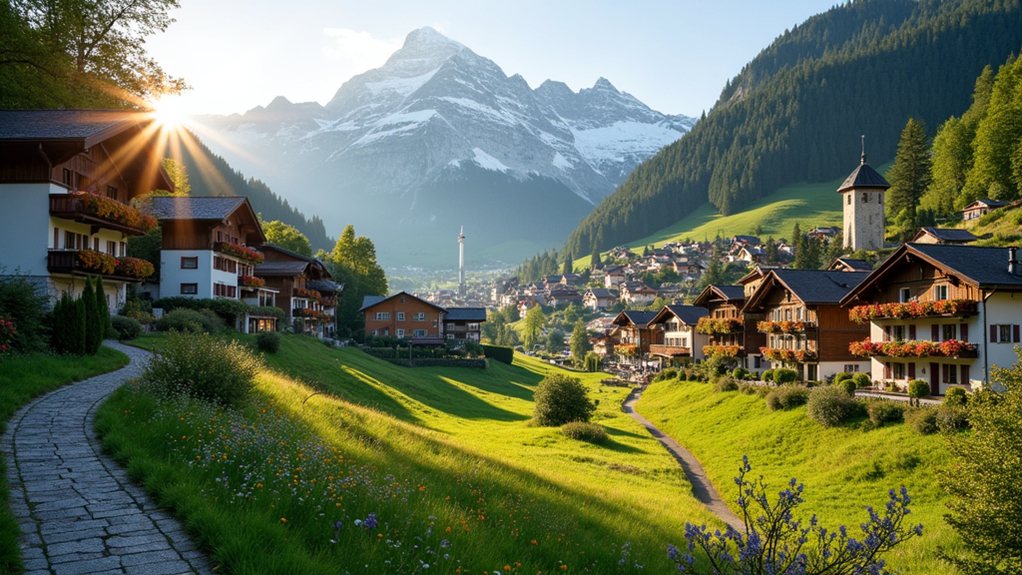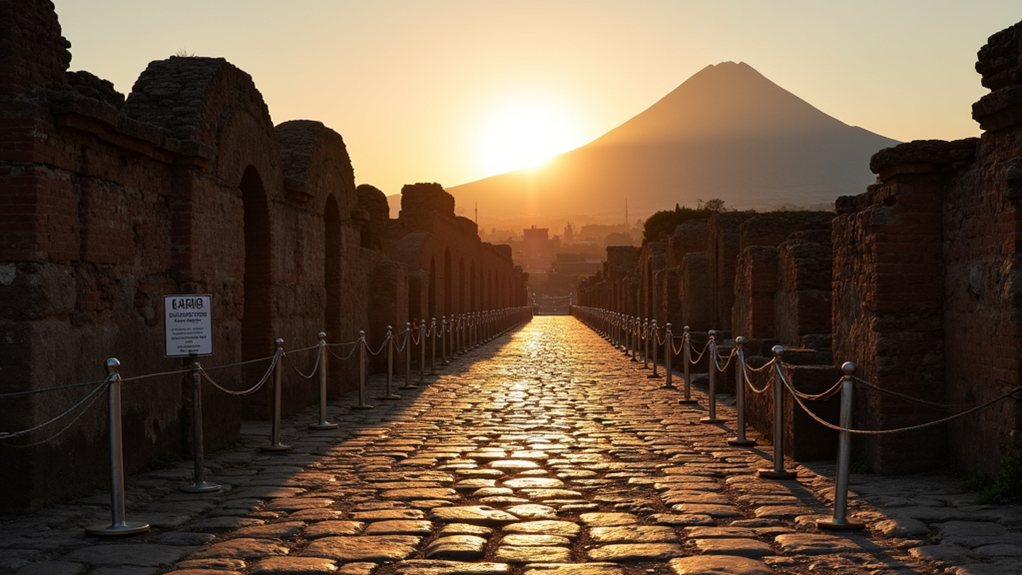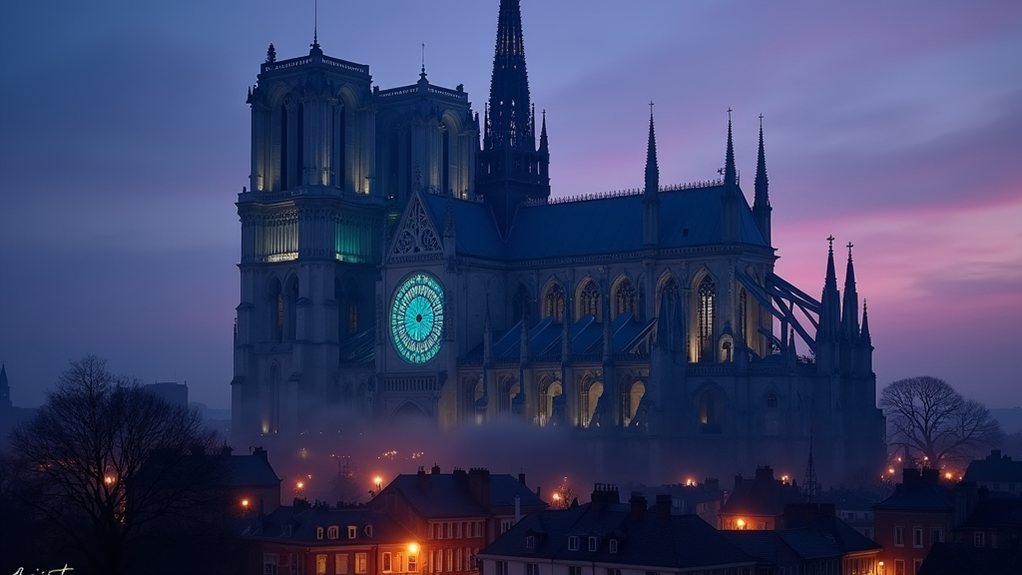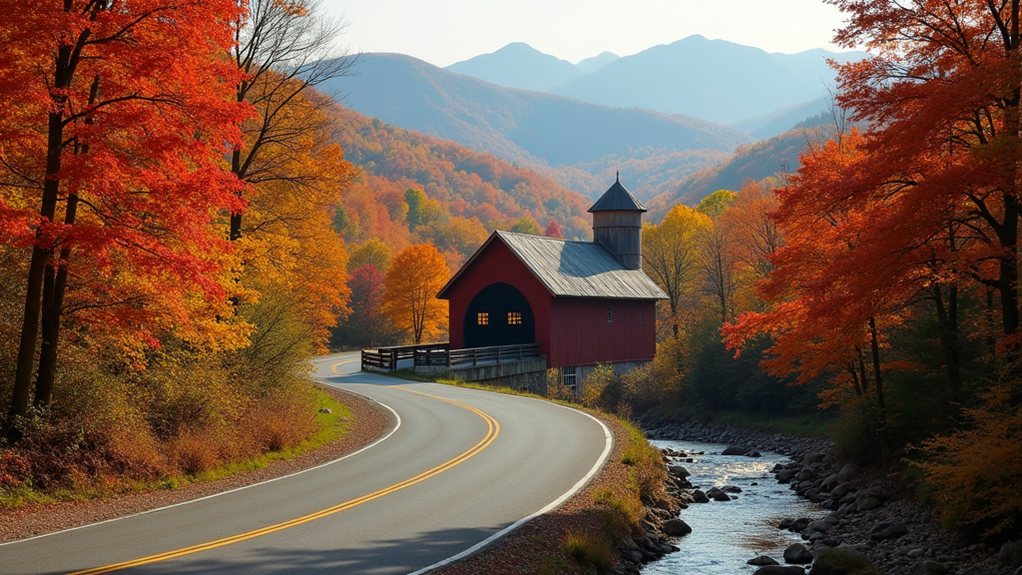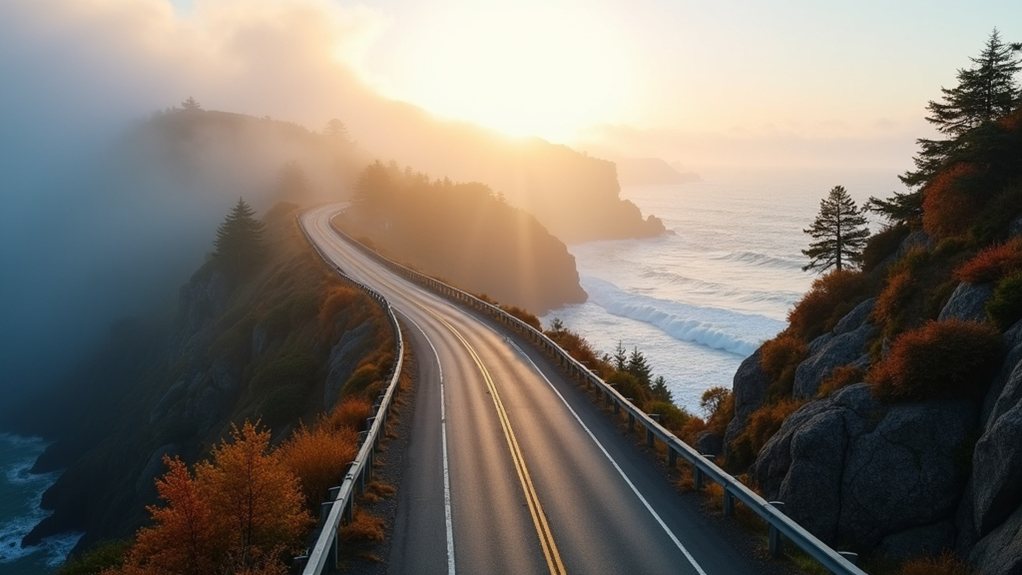Over 60% of European cities boast at least one museum dedicated to the macabre history of torture, making these grim attractions surprisingly common stops on many travelers’ itineraries. Rick Steves, America’s trusted travel guru, doesn’t shy away from recommending these darker experiences as valuable windows into Europe’s complex past. He suggests that while these museums often walk a fine line between education and exploitation, their displays of medieval thumbscrews, iron maidens, and ducking stools offer uncomfortable yet vital lessons about humanity’s capacity for cruelty—and why modern societies must remain vigilant.
The Dark Appeal of European Torture Museums
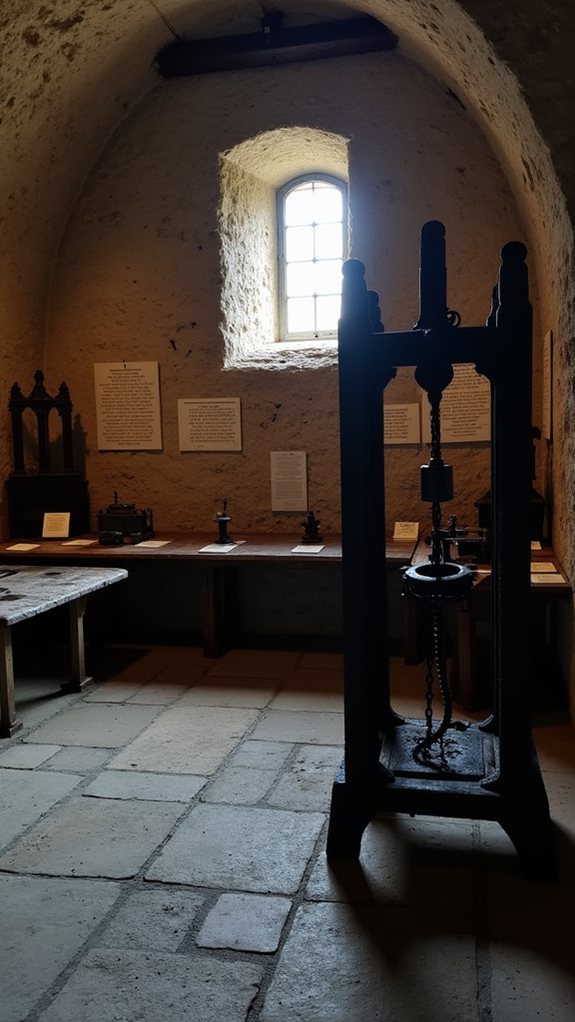
While travelers often flock to Europe’s grand cathedrals and sun-drenched piazzas, the continent’s shadowy underbelly offers likewise compelling—if sometimes unsettling—insights into its tumultuous past. Across the cobblestoned streets of major European cities, torture museums have sprouted like macabre flowers, presenting visitors with iron maidens, thumbscrews, and other instruments of historical suffering, though travel expert Rick Steves cautions that many qualify as mere “juvenile torture exhibits” rather than substantive historical sites.
These museums, often dimly lit and lacking proper historical context, frequently disappoint travelers expecting deep cultural insights. The Amsterdam Torture Museum, for instance, consistently receives low ratings from visitors who describe the experience as rushed, poorly presented, and ultimately unworthy of their time and euros.
Dark tourism too often substitutes educational depth for dimly lit chambers and poorly contextualized artifacts, leaving visitors enlightened only about their wasted euros.
However, not all of Europe’s darker tourism offerings fall into the trap of sensationalism without substance. For those seeking authentic encounters with Europe’s complex past, legitimate historical sites like Nuremberg’s medieval hole prisons and London’s infamous Tower provide genuine educational value.
Cemeteries, too, offer profound cultural experiences—Paris’s Père Lachaise Cemetery houses notable graves including Oscar Wilde and Jim Morrison, while Palermo’s Capuchin Crypt presents a stark, mummified reminder of mortality that has fascinated visitors for centuries. Visitors to European cemeteries can experience these artistic and tranquil spaces filled with flowers and memories of notable figures throughout history. Similar to how Kobuk Valley National Park reveals the unexpected beauty of Arctic sand dunes amid Alaska’s tundra landscape, Europe’s historic burial grounds showcase surprising aesthetic value in places associated with death.
More sobering still are the remnants of Europe’s fascist regimes, physical evidence to the continent’s darkest chapter. The conditions fostered by the Treaty of Versailles contributed significantly to national grievances that fueled the rise of fascism. Many torture museums display authentic devices alongside educational content that explains the social contexts in which they were used. Visitors to Munich and Rome can observe architectural vestiges of totalitarianism, powerful reminders of how charismatic leaders rose to power after World War I, ultimately leading to genocide and global conflict.
Steves’s documentaries and tours investigate these difficult historical lessons, emphasizing their relevance for contemporary democracy. The best dark tourism experiences, he suggests, balance historical accuracy with respectful presentation, avoiding cheap thrills in favor of meaningful reflection.
In this way, Europe’s shadowy corners become not merely ghoulish diversions but crucial components of understanding the continent’s full, complex story—both beautiful and brutal in equal measure.

